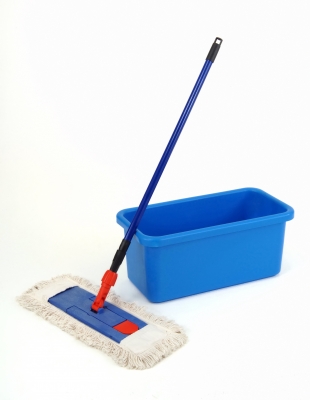Because of the odd changes in weather conditions, the rising tides, and the abnormally dry spells in certain parts of the world, many are very concerned about how human actions affect the environment. A lot of individuals are becoming more aware of how their actions and their choices contribute to environmental degradation. This is why more and more people are turning to products and habits that do not negatively impact the world.
One major concern is about cleaning agents. Many available chemical cleaning solutions cause harm to the environment. If numerous individuals use environmentally harmful products each day, then the damage will grow into a huge problem that will become very difficult to solve in time. So, let us not contribute to polluting our cities, waters and our lands. Our choices, however inconsequential these may seem, can collectively impact the world in a great way. To help the environment, we can opt to use safe and effective natural cleaning agents.
Cleaning Metal Surfaces
Polished metal adds sophistication to any setting. Thus, it’s best to keep metal surfaces gleaming. But there are different types of metals used, and it’s important to be aware of what specific type of cleaning substance is best for a certain kind of metal surface. Below are some examples.
Stainless Steel
Stainless steel is a very popular option because it is very hard-wearing. It is more durable than other kinds of metal, such as aluminum. A variety of common products can be used to keep stainless steel surfaces clean. Club soda is a good example. Simply dampen a cloth with club soda and wipe surface clean. Another example is baking soda and water. Baking soda can be used to buff up steel surfaces.
Aluminum
Create a wet paste of cream of tartar and water. Dab a small amount on a surface and wipe with cloth. This works wonders on aluminum surfaces.
Copper
Lemon juice can get rid of tarnishes on copper surfaces. Apply a small amount of lemon juice on a surface and wipe clean. For tougher stains, use lemon juice with baking soda or salt. Baking soda and salt can help buff stained spots.
Cleaning Wood Surfaces
Wood can be hard to clean because each surface is different. Some surfaces are made of hardwood, like mahogany, while others are made of softwood, such as aspen. Hence, be cautious when cleaning wood surfaces. Always test a small area first instead of using a new product without testing.
Get Rid of Mold and Mildew
Acidic substances can readily remove mold and mildew. So, lemon juice or white vinegar can be used to clean surfaces with such stains. To use, put a small amount and scrub clean. Take care not to let an acidic substance sit on the wood too long as this can cause discolorations.
Polish and Buff
To polished varnished wood, create a mixture of 5 to 10 drops of lemon oil and an ounce of water. Put the blend in an atomizer or sprayer. Spray onto an already damp cloth and use to polish wood. A mixture of vinegar and vegetable oil can also be used in the same manner. Use equal parts of both elements.
For unvarnished or unpainted wood, mix lemon oil to an equal amount of olive or vegetable oil. Mix and put in a sprayer. To apply, use a cotton cloth. Dampen the cloth with the oil mixture, and wipe the surface.
Citations:
- Photo by Suat Eman at www.freedigitalphotos.net.
The article is by Claire Wilton. She is a freelance writer who regularly blogs about eco-friendly ways to clean homes. She also writes for http://www.cleansweep-inc.com and other companies that offer professional cleaning services.

